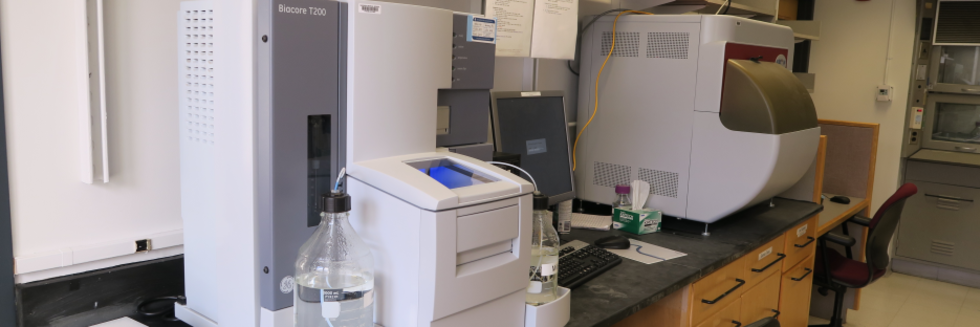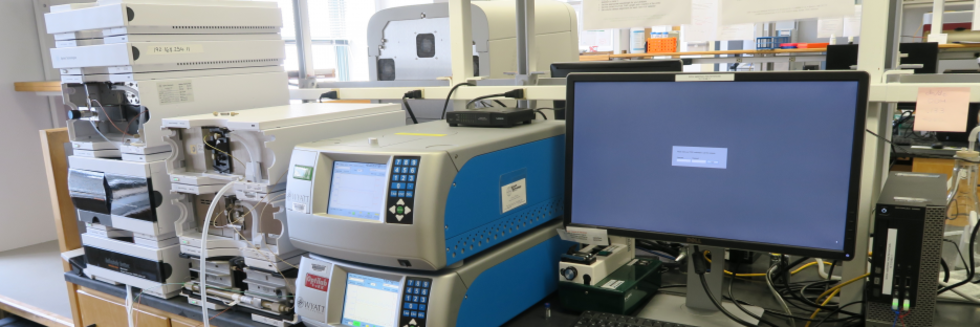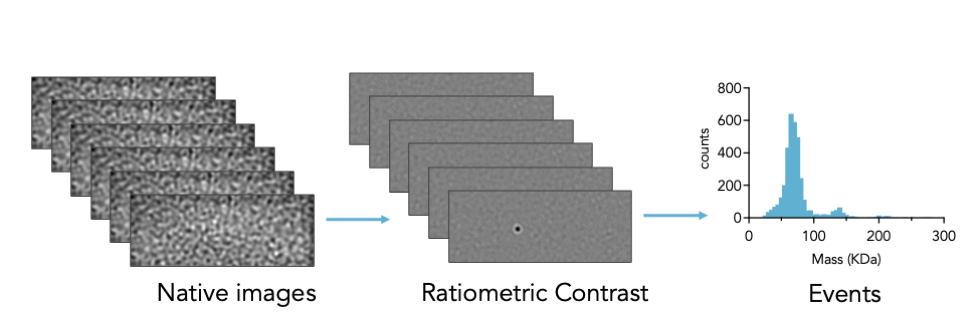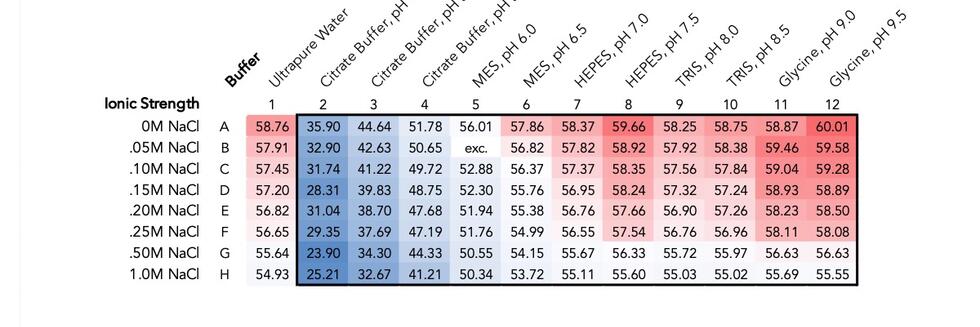Wang Z, Zhang D, Qiu X, Inuzuka H, Xiong Y, Liu J, Chen L, Chen H, Xie L, Kaniskan ÜH, Chen X, Jin J, Wei W. Structurally Specific Z-DNA Proteolysis Targeting Chimera Enables Targeted Degradation of Adenosine Deaminase Acting on RNA 1. J Am Chem Soc 2024;146(11):7584-7593.Abstract
Given the prevalent advancements in DNA- and RNA-based PROTACs, there remains a significant need for the exploration and expansion of more specific DNA-based tools, thus broadening the scope and repertoire of DNA-based PROTACs. Unlike conventional A- or B-form DNA, Z-form DNA is a configuration that exclusively manifests itself under specific stress conditions and with specific target sequences, which can be recognized by specific reader proteins, such as ADAR1 or ZBP1, to exert downstream biological functions. The core of our innovation lies in the strategic engagement of Z-form DNA with ADAR1 and its degradation is achieved by leveraging a VHL ligand conjugated to Z-form DNA to recruit the E3 ligase. This ingenious construct engendered a series of Z-PROTACs, which we utilized to selectively degrade the Z-DNA-binding protein ADAR1, a molecule that is frequently overexpressed in cancer cells. This meticulously orchestrated approach triggers a cascade of PANoptotic events, notably encompassing apoptosis and necroptosis, by mitigating the blocking effect of ADAR1 on ZBP1, particularly in cancer cells compared with normal cells. Moreover, the Z-PROTAC design exhibits a pronounced predilection for ADAR1, as opposed to other Z-DNA readers, such as ZBP1. As such, Z-PROTAC likely elicits a positive immunological response, subsequently leading to a synergistic augmentation of cancer cell death. In summary, the Z-DNA-based PROTAC (Z-PROTAC) approach introduces a modality generated by the conformational change from B- to Z-form DNA, which harnesses the structural specificity intrinsic to potentiate a selective degradation strategy. This methodology is an inspiring conduit for the advancement of PROTAC-based therapeutic modalities, underscoring its potential for selectivity within the therapeutic landscape of PROTACs to target undruggable proteins.








